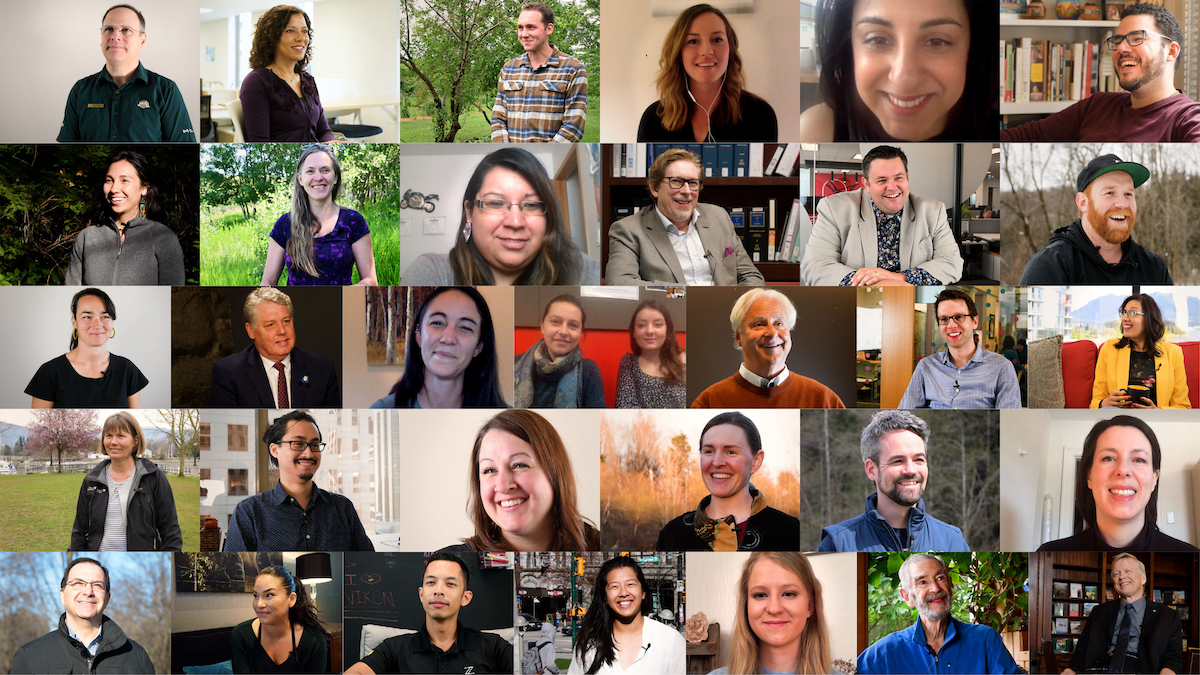Hard Stuff is Hard
Chapter Four
There are many drivers of biodiversity loss, but one of the most pressing – and costly – issues is the one we rarely hear about: Invasive species.
“Invasives are a huge problem across the waters and lands of Canada. When we get invasive species that come in, they actually take over our natural ecosystems. And we’re pretty proud of having really diverse ecosystems. But invasives will wreck them, they’ll actually disturb the natural balance.”
Gail Wallin is the chair of the Canadian Council on Invasive Species and the executive director of the Invasive Species Council of BC.
“Invasives have been a problem for a long time in Canada because when the first settlers came over, they often brought invasive species with them. They didn’t call them that; they called them the plants from their old homelands. But now these invasives are actually taking over our habitats, taking over our lakes and we’re seeing the destruction. So, it’s been in the last recent 10-20 years that we’ve really been paying way more attention to them.”
Gail’s dedicated her life to the scourge that is invasives.
 “Many of the invasives that are in our environment, we’ve introduced – we released them, we planted them. So, we can make a huge difference by being involved, by making sure that when we plant in our garden, we don’t plant invasive species that will overtake the garden fence. We need to make sure we don’t release our goldfish, that we don’t release our frogs into the environment that don’t belong there because they’re not part of the natural ecosystem.”
“Many of the invasives that are in our environment, we’ve introduced – we released them, we planted them. So, we can make a huge difference by being involved, by making sure that when we plant in our garden, we don’t plant invasive species that will overtake the garden fence. We need to make sure we don’t release our goldfish, that we don’t release our frogs into the environment that don’t belong there because they’re not part of the natural ecosystem.”
And we do need to do our part to tackle the problem.
“Invasive species are the second biggest threat to biodiversity, not just in Canada, but internationally as well.”
That’s bad. And so too is this:
“It’s a huge economic loss to Canada – billions per year.”
What needs to be done? Gail says, “It’s a system wide approach. Canadians have got to make a difference by closing the pathway to invasives. So, let’s not go species-by-species in chasing invasives; let’s make sure that as travelers our suitcases are clean and we’re stopping a whole range of species from coming in.”
But can the battle be won? Is it worth the effort when we factor in other issues that need urgent attention?
“Many of us think we should bother because we want to protect what nature provides. If we don’t, ecosystems will change.”
After all, Gail argues, we’ve proven that we can accomplish greatness when we set our minds to it. And for proof? Look no further than recycling.
“So, that was a change, that’s been a social change in Canada. Thirty years ago, there were more bottles and garbage out there. We’re making a big difference collectively around recycling. We can apply exactly the same approach to invasives.”
 So long as we remember, Gail implores, “It’s not one person’s job. It’s everybody’s job. We need a whole range of people working together because that’s what it takes to stop an invasive species.”
So long as we remember, Gail implores, “It’s not one person’s job. It’s everybody’s job. We need a whole range of people working together because that’s what it takes to stop an invasive species.”
If we do work together to tackle invasives, Gail says we can find hope in our actions.
“Rather than do just a litter cleanup, do an invasive species removal and then monitor it. Take pride. Put up that sign: ‘We’ve adopted this area to be invasive free, and we’re going to contribute to that’. Students can make a big difference just around them.”
But choosing to stop the spread of invasives isn’t the only decision we can make to help biodiversity.